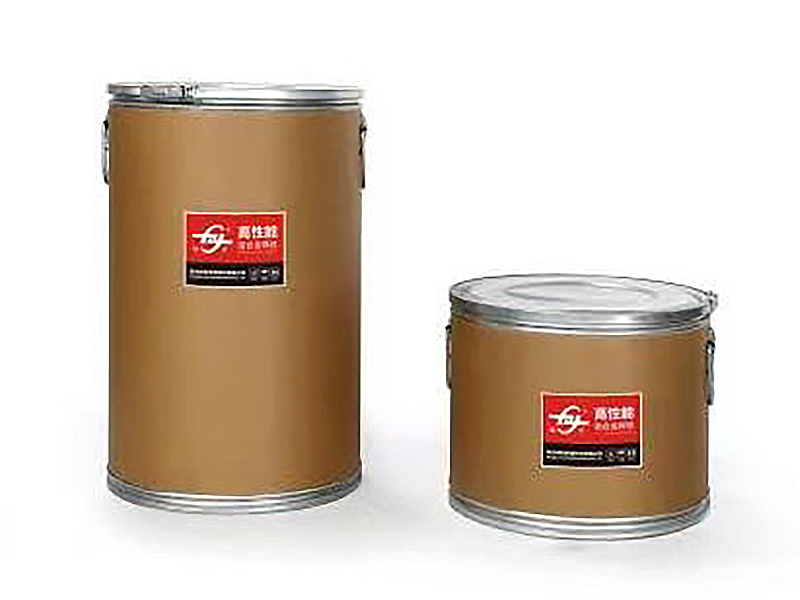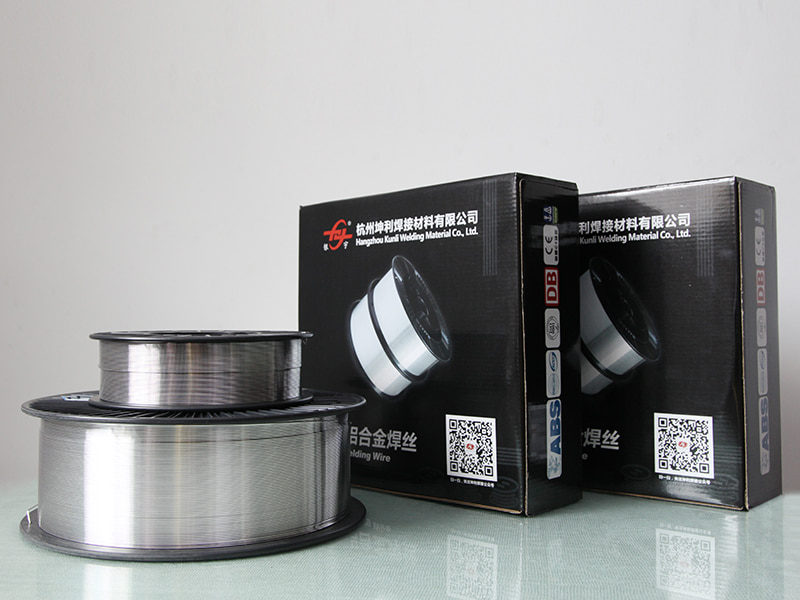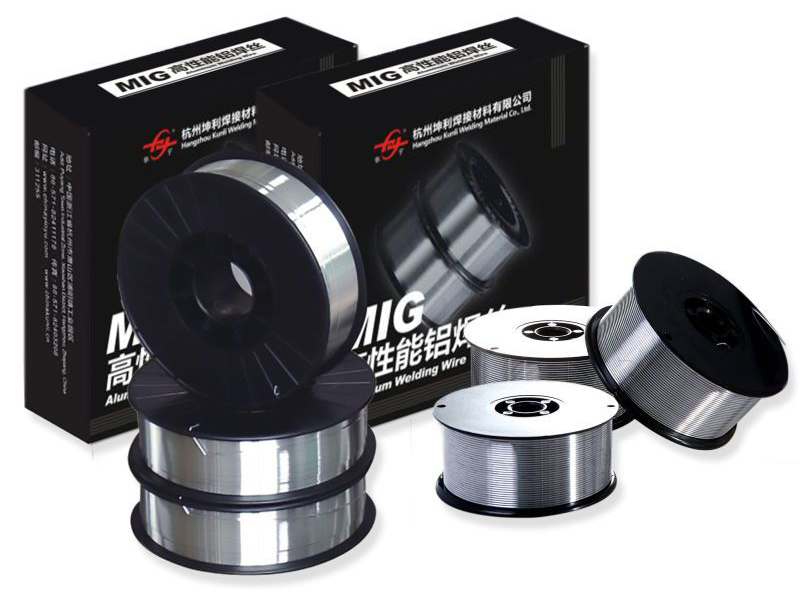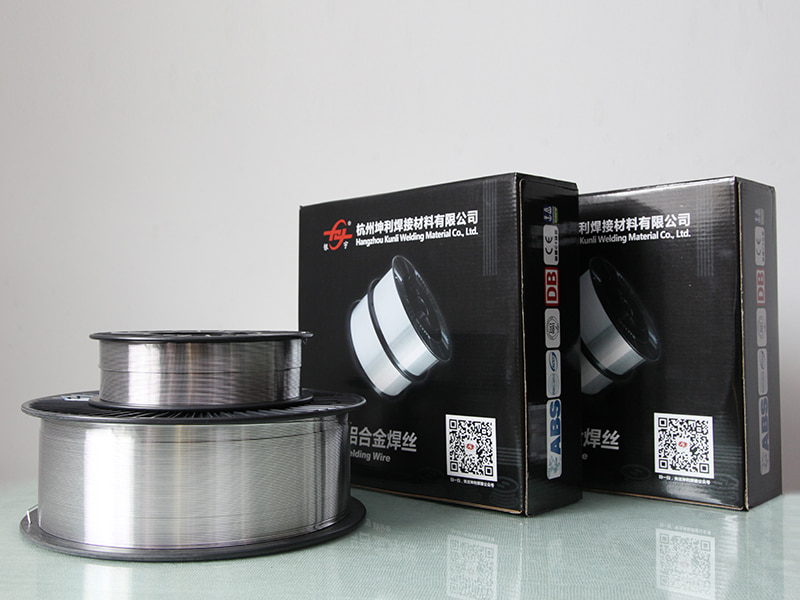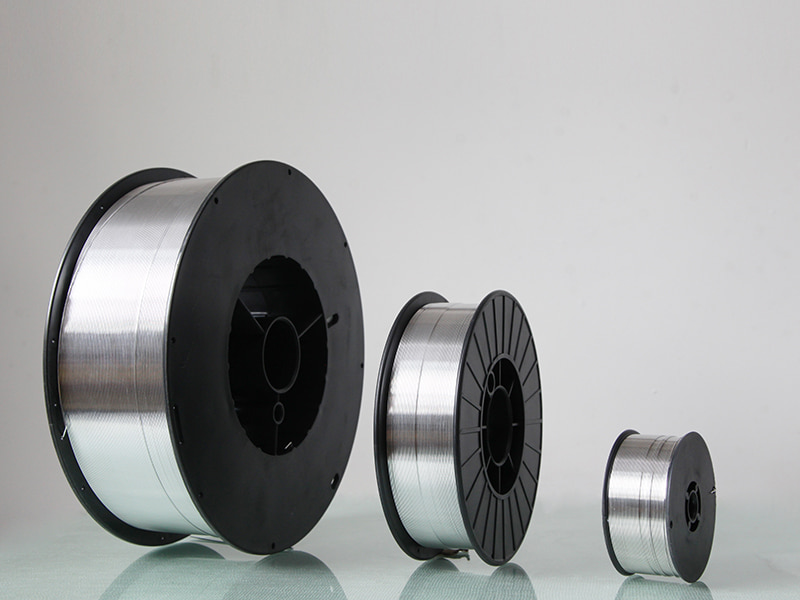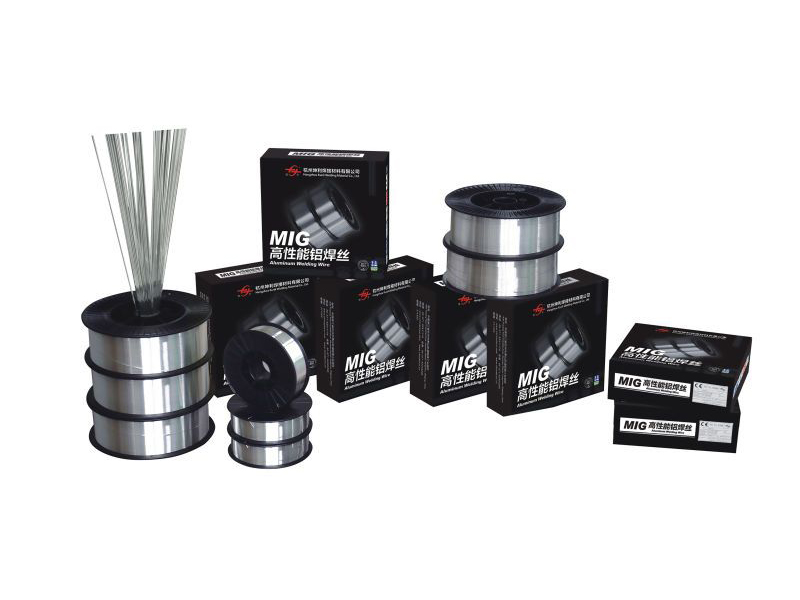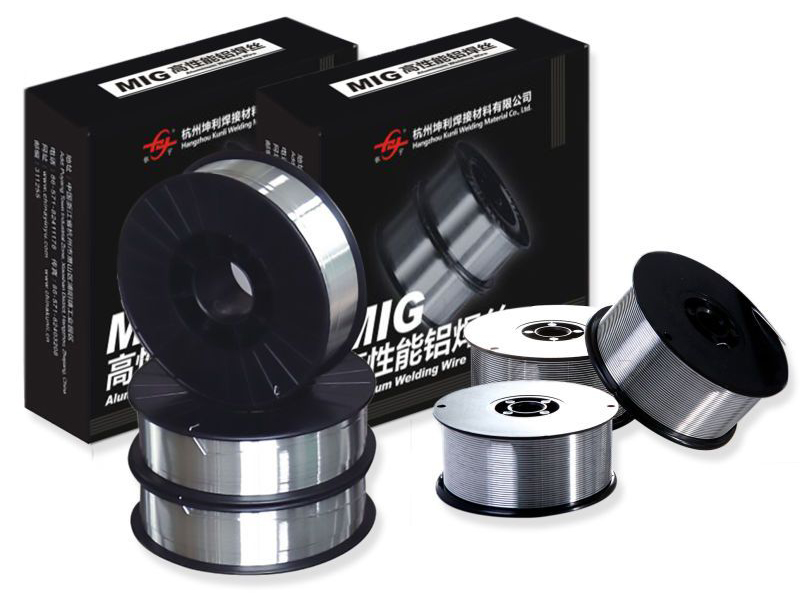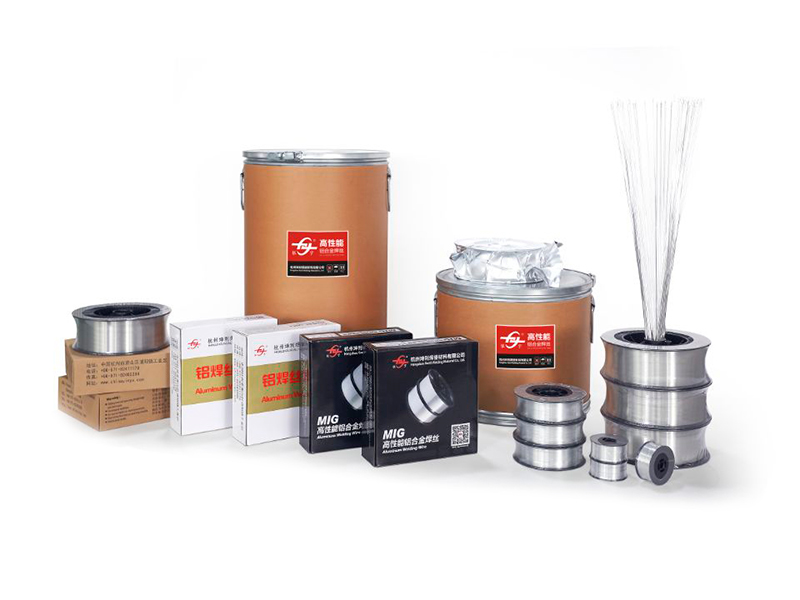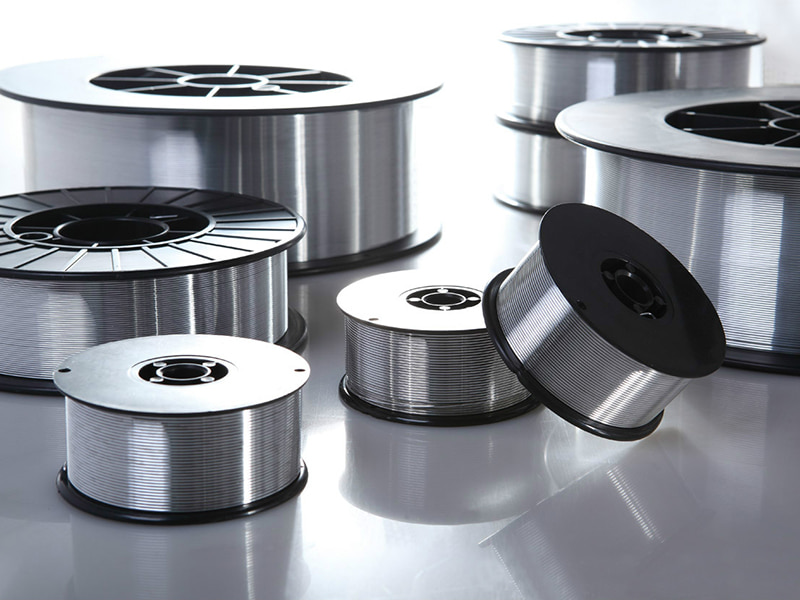Introduction
Brazing aluminum requires filler metals with a significantly lower melting point than the base metal to ensure proper flow and capillary action within the joint gap. Our brazing wires, derived from Aluminum-Silicon alloys (typically with 7% to 12% Si), are precisely drawn and cleaned to facilitate smooth feeding and high surface wetting. These wires create clean, strong, and highly conductive joints without the use of specialized welding equipment, making them ideal for high-volume, automated assembly.
Specification
| Classification (AWS) | ER4047 equivalent (High Silicon) |
| Key Property | Low melting range and high fluidity (flow) |
| Base Metal Compatibility | 1000, 3000, and 6000 series wrought aluminum |
| Surface Cleanliness | Ultra-clean to prevent flux contamination |
| Diameter Range | Available in fine gauges for precise capillary joints |
Applications
Joining aluminum tubes and components in HVAC systems and appliances.
Production of aluminum heat exchangers and evaporators.
Automated assembly of complex aluminum structures where tight joint tolerances exist.
Manual torch brazing for small aluminum component repairs.
FAQ
- Q: What is the main difference between aluminum welding and aluminum brazing wires?
- A: Brazing wires, unlike welding fillers, are designed to melt at a lower temperature than the base metal and flow into the joint by capillary action without melting the base metal; welding wires melt together with the base metal.
- Q: Does your brazing wire require a specific type of flux?
- A: Yes, aluminum brazing requires specialized non-corrosive or reactive fluxes. Our wires are chemically compatible with most industry-standard aluminum brazing fluxes.
 English
English Deutsch
Deutsch
 English
English Deutsch
Deutsch

